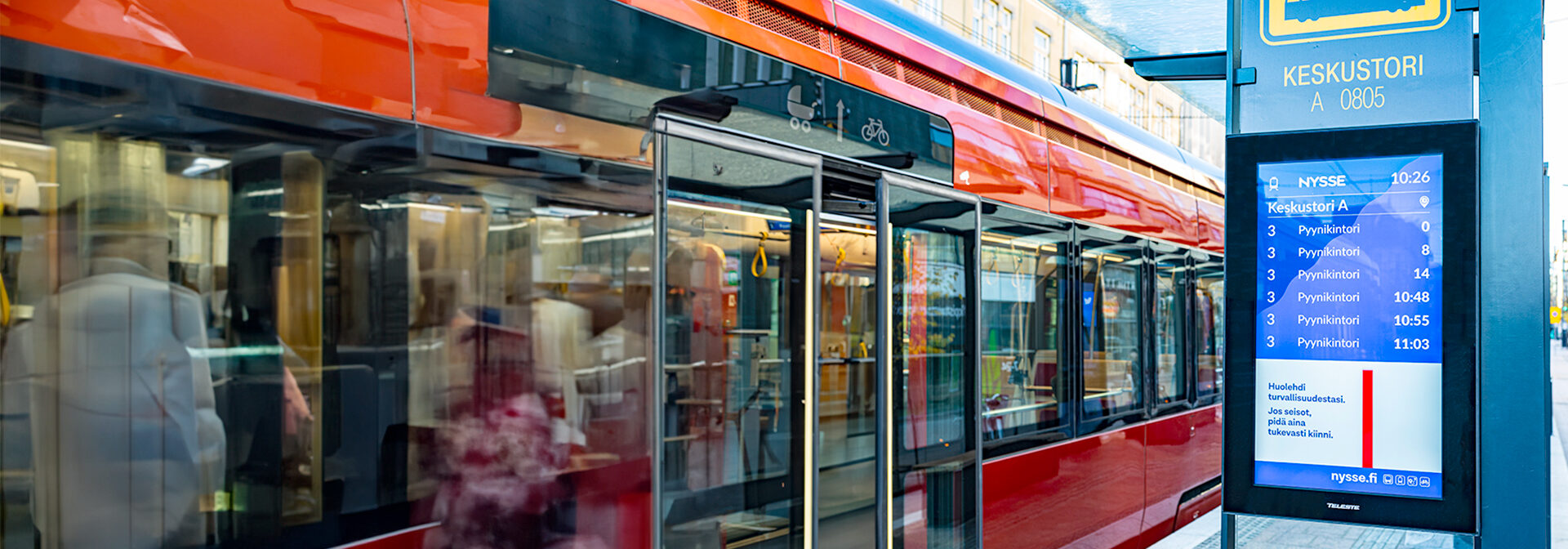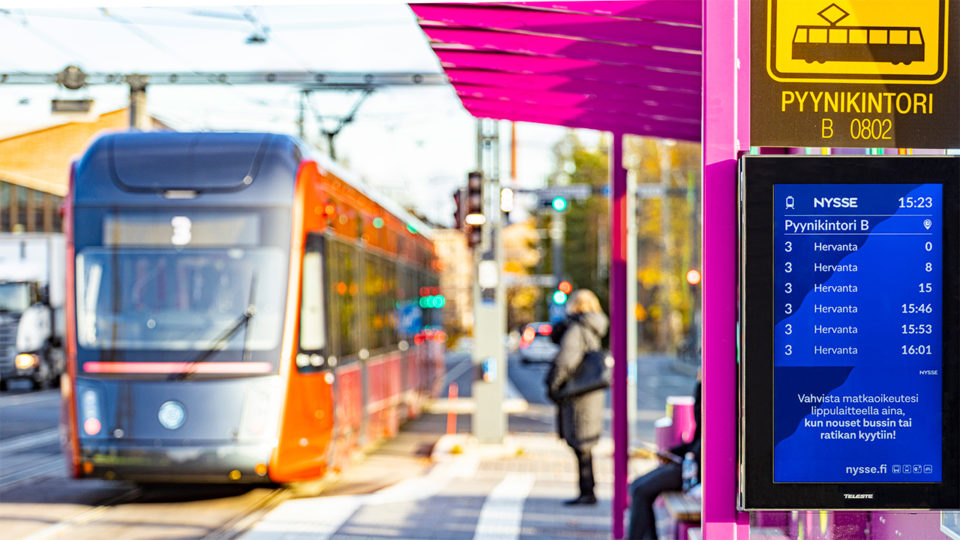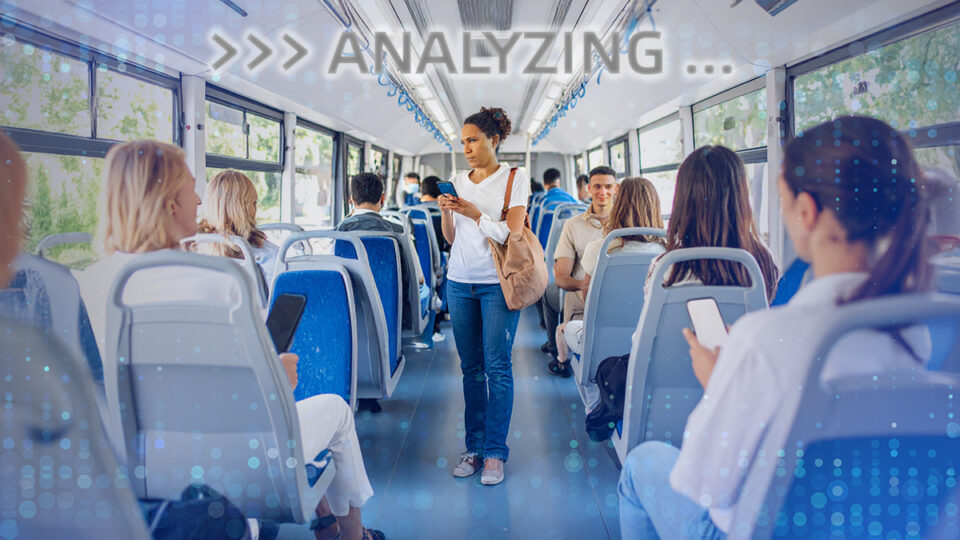
Transforming urban transport: the benefits of Digital Signage as a Service model
As the need for efficient and user-friendly public transportation system increases, transport authorities are obliged to find new ways to optimize operations. Digital Signage as a Service (SaaS) solutions are emerging as a vital component in enhancing passenger experience and the daily commute. This innovative approach to sharing passenger information offers a range of benefits that improve real-time information management and streamline modern urban transit systems.
1. Cost-effectiveness and reduced capital expenditure
Traditional PIS infrastructures require significant upfront investments in hardware, software, and ongoing maintenance. The SaaS model, however, operates on a subscription-based service that spreads costs over time, reducing initial financial burdens. This allows for better allocation of resources to critical areas like service improvements and safety enhancements, ensuring a smarter and more efficient use of budgets.
2. Scalability and flexibility
SaaS models provide unparalleled scalability and flexibility. Transport networks can easily expand or reduce the number of information displays based on changing passenger volumes, new route launches, or temporary events. This flexibility ensures that the system remains efficient and cost-effective, perfectly tailored to the dynamic demands of urban transportation.
3. Real-time updates and enhanced passenger experience
Keeping passengers informed with real-time updates is crucial for a smooth commuting experience. Information display systems can integrate real-time data, delivering up-to-the-minute information on arrival and departure times, service disruptions, and alternative routes. This improves passenger experience, reduces perceived wait times, and empowers passengers to make informed travel decisions.
4. Centralized management and maintenance
Managing passenger information systems becomes more streamlined with the SaaS model, which centralizes the monitoring, updating, and maintenance processes. This reduces the administrative burden on transport authorities and ensures consistent and timely updates across all stations and stops. Additionally, maintenance can be handled by the service provider, minimizing downtime and ensuring reliable performance.
5. Integration with Smart City initiatives
The SaaS model can seamlessly integrate with other smart city initiatives and IoT devices, creating a connected and intelligent urban transport ecosystem. Information displays can be synced with traffic management systems, environmental sensors, and emergency alerts, providing passengers with comprehensive, context-aware information that enhances their overall commuting experience.
6. Environmental sustainability
Environmental sustainability is a key advantage of the SaaS model. Energy-efficient technology and cloud-based computing reduce the environmental footprint. Remote information management lowers the need for physical interventions, leading to decreased energy consumption and carbon emissions from on-site maintenance activities. Opting for a SaaS model contributes to a greener, more sustainable urban environment.
7. Enhanced security and data privacy
Security and data privacy are critical components of SaaS solutions. Robust cybersecurity measures are implemented to protect the data transmitted and displayed on signs. Centralized control and monitoring systems quickly identify and address potential security threats, ensuring the integrity and trustworthiness of the information provided to passengers.
8. Continuous innovation and upgrades
Subscribing to a SaaS model ensures continuous innovation and regular upgrades. The commitment to staying at the cutting edge of technology keeps information display solutions up to date with the latest advancements. This means passengers always experience the most efficient, user-friendly information sharing, aligned with emerging trends and requirements.
Teleste’s Digital Signage as a Service model is transforming urban public transportation by offering cost savings, scalability, real-time updates, centralized management, and seamless integration with different smart city initiatives. By enhancing the efficiency and effectiveness of public transport networks, SaaS improves the daily commute for passengers while supporting broader smart city goals. Embracing SaaS solutions represents a step towards a superior, sustainable, and intelligent transportation system, meeting the evolving demands of urban mobility.
Are you ready to transform urban transportation? Contact us to learn more about our Signage-as-a-service model and how our cutting-edge Digital Signage as a Service solutions can enhance the passenger experience in your public transport network.




